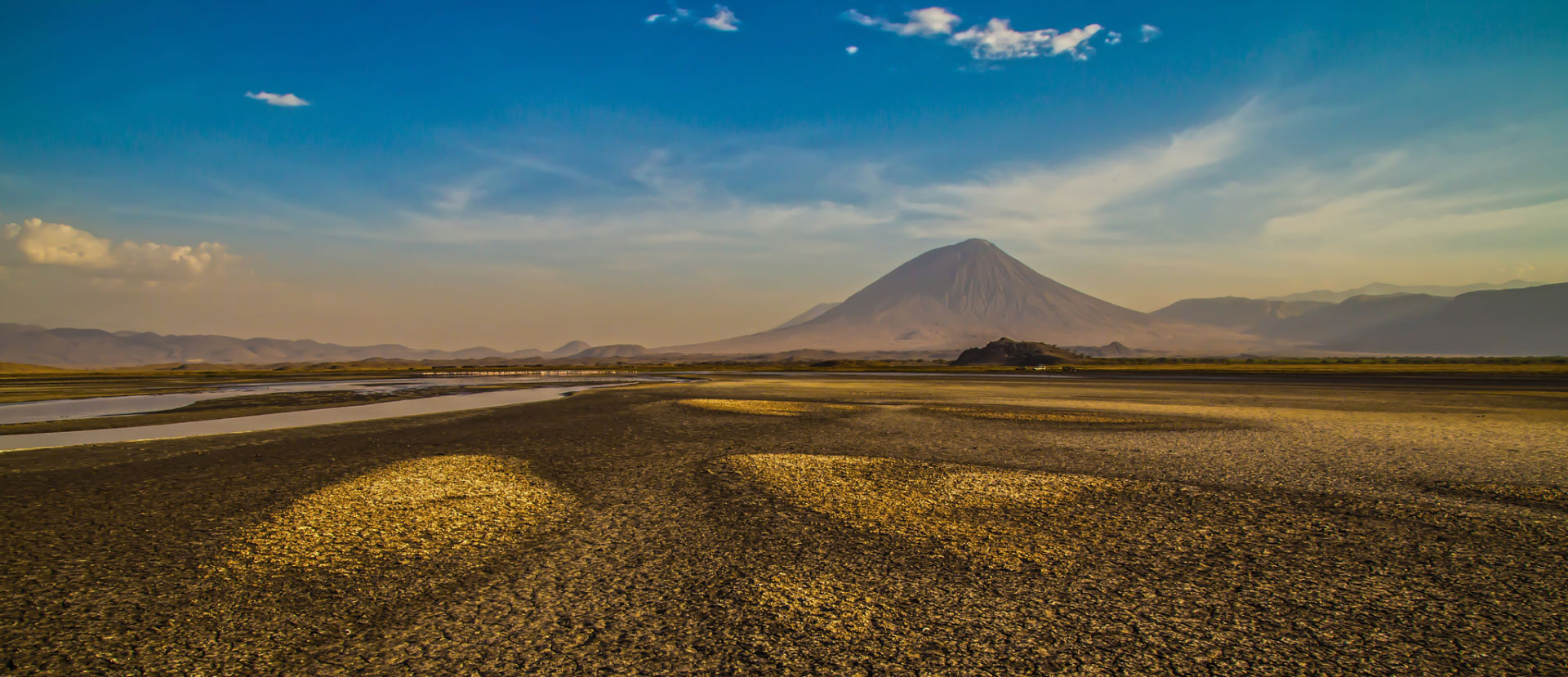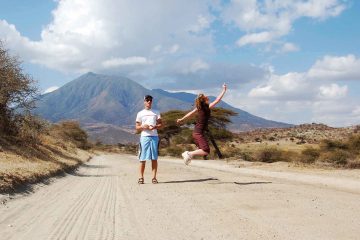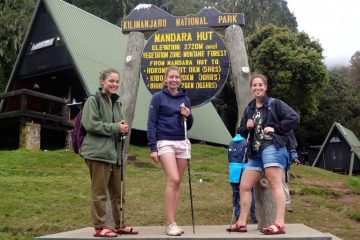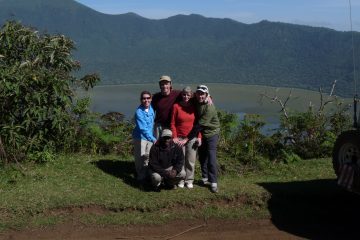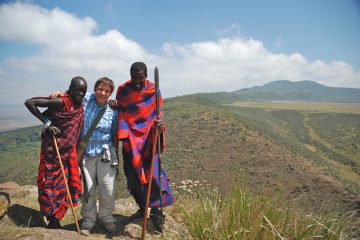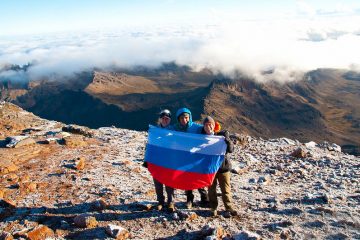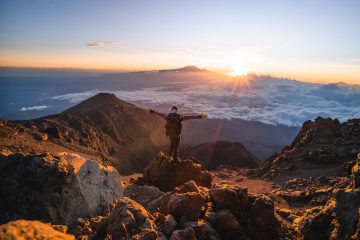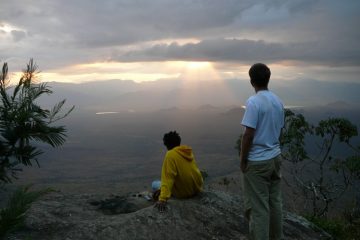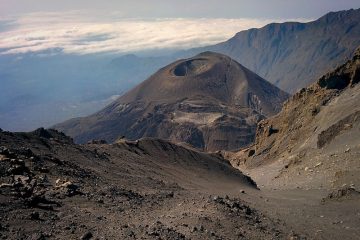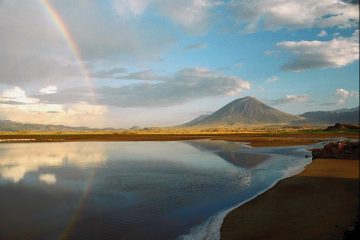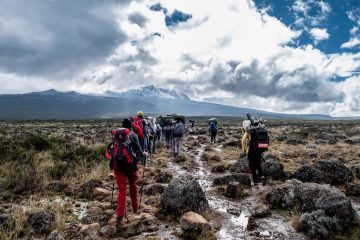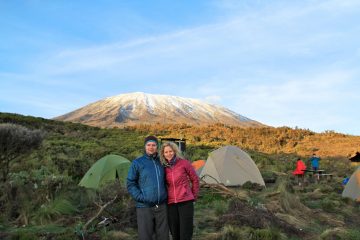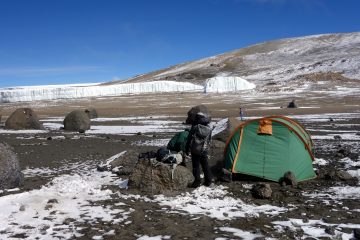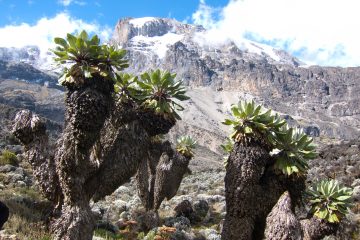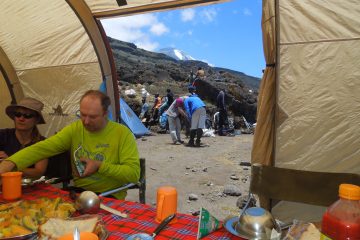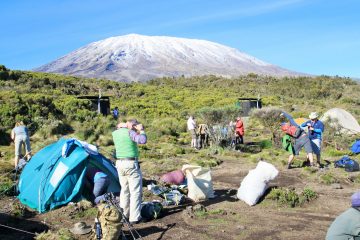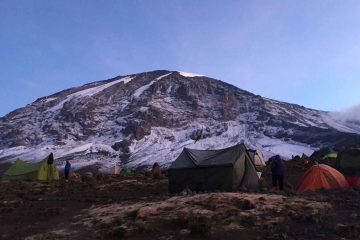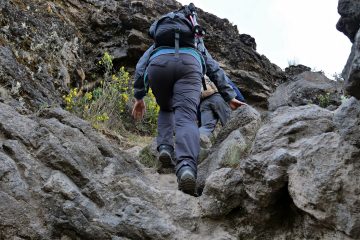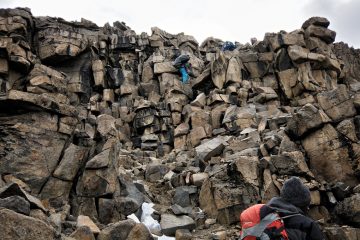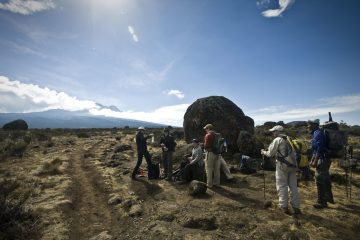The crater Highlands and the Ngorongoro Game Reserve are located to the south. The eastern horizons are dominated by Kilimanjaro, while the western sides of the Rift Valley are dominated by wooded escarpments and hills. Lengai erupts every seven years, sending plumes of smoke billowing from the crater.
The crater bottom may be traversed on foot. The ascent of Oldoinyo Lengai is difficult due to the heat of the day, a shortage of water, steep and unsuitable ash and crumbly rock slopes, and a significant height rise. In most cases, you may begin rising to the top early in the morning and arrive at dawn.
For the climb, shorts and a thick jacket are recommended, as are long pants, as the peak before dawn can be freezing. The North West access path offers for an early morning descent from the top in the morning shade.
Mountain Ol’doinyo Lengai is located in the Ngorongoro highlands and the African Rift valley approximately 120 kilometers northwest of Arusha, Tanzania, and stands at 2,878 meters above the Soda Ash Lake Natron, also known as Mountain of GOD by the Maasai population that live in the region.
The Maasai have employed the Holly Lengai for their prayers to their GOD, NGAI, since their forefathers.
Ol’doinyo Lengai is the world’s only active volcano that erupts natrocarbonatite lava, which is colder than other lavas (510 degrees C) and has less silicon than basaltic lavas (1,100 degrees C).
Minor eruptions occur often on the mountain, which result in cone-like formations near the crater’s base.
While standing on the peak of Mountain Ol’doinyo Lengai, one can clearly see the Soda Lake Natron, which provides suitable nesting places for several bird species, including flamingos, pelicans, and geese, with over 350 distinct species reported to date.
Unlike the other two tallest mountains, Lengai’s summit crater takes roughly six to seven hours to reach.
The mountain is also an excellent location for a walking safari, where tourists may see wild species such as olive baboons, velvet, monitor lizards, hyenas, lions, leopards, jackals, Grant’s gazelle, impala, and zebra while being escorted by Maasai escorts with weapons.
The Maasai BOMAS, which is close, allows you to contact with the indigenous people and learn about their customs, taboos, and traditional practices.

